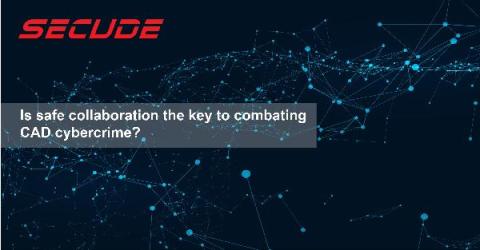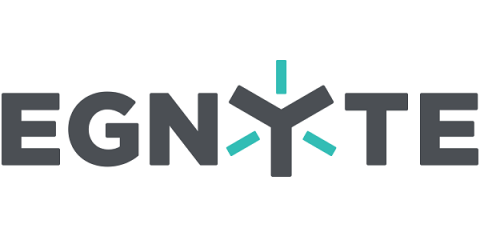Security | Threat Detection | Cyberattacks | DevSecOps | Compliance
Collaboration
The Essential Guide to Slack Data Loss Prevention (DLP)
DLP ensures confidential or sensitive information (like credit card numbers, PII, and API keys) isn’t shared outside of Slack by scanning for content within messages and files that break predefined policies. DLP is important for both security and compliance reasons. With DLP in place, you’ll be able to.
Is Slack Secure? Vulnerabilities and Solutions
Slack has become one of the most integral platforms for businesses over the last decade, with more than 12 million users currently active. Despite its popularity, however, there are some Slack security concerns that linger from the platform’s 2015 security breach. Here’s what you need to know about Slack security and how to protect your sensitive information on the platform.
How mob programming and sourcing jams activate collaboration at Detectify
Collaboration Rules is a company core value and at the heart of Detectify. It drives innovation and productivity in our organization, and activates our ability to build products to drive the future of internet security. Two of the methods we use for collaborating are Mob Programming in Engineering and Sourcing Jams in the Talent Acquisition team. At Detectify, collaboration is the way forward, and let’s dive into these use cases and our learnings.
Egnyte and Microsoft Now Empower Co-Editing for Desktop and Mobile
With today’s distributed workforce, it’s essential to have the right tools to collaborate with co-workers. Now with the Egnyte Microsoft Office integration, users can co-edit on Microsoft documents in real-time from the Office Desktop apps. Users now have a choice to use their preferred device.
The Practitioner's Guide to Information Governance
Over a year into the COVID-19 pandemic, businesses that were already beginning their digital transformation have sped up their efforts even more. Companies have been forced to increase spending on digital transformation in order to cope with a myriad of pandemic-related challenges.
Identify and Remediate Security Issues with Intelligent Risk Scoring
Today, having a strong data governance program is critical for many reasons: understanding and minimizing risk to sensitive data, maintaining security and trust, avoiding compliance fines, and empowering knowledge workers to be more effective at their jobs. The trouble is, if you don’t manage scope properly, and instead try to eat the proverbial data governance elephant all in one bite, you are setting yourself up for trouble.
Is safe collaboration the key to combating CAD cybercrime?
Hosting and Archiving eTMFs in Egnyte for Life Sciences
The latest survey data on electronic trial master file (eTMF) usage is from 2018 and puts adoption at 75%. It is no mystery why eTMFs are so popular, they make it easier to track progress, provide more control over a “single source of truth”, and enable better/faster data sharing options than a paper-based process. Digitization is listed as one of the top investments by biotech companies after the pandemic interrupted most in-person study activities.
New Solutions for Greater Insights and Security Across M365
By the end of 2020, Microsoft 365 was used by more than one million companies worldwide. And for good reason. With the move to remote work, applications like Word and Excel, Teams, OneDrive and SharePoint, provided businesses with a familiar, easy to access, and easy to use productivity suite – all available in the cloud.











